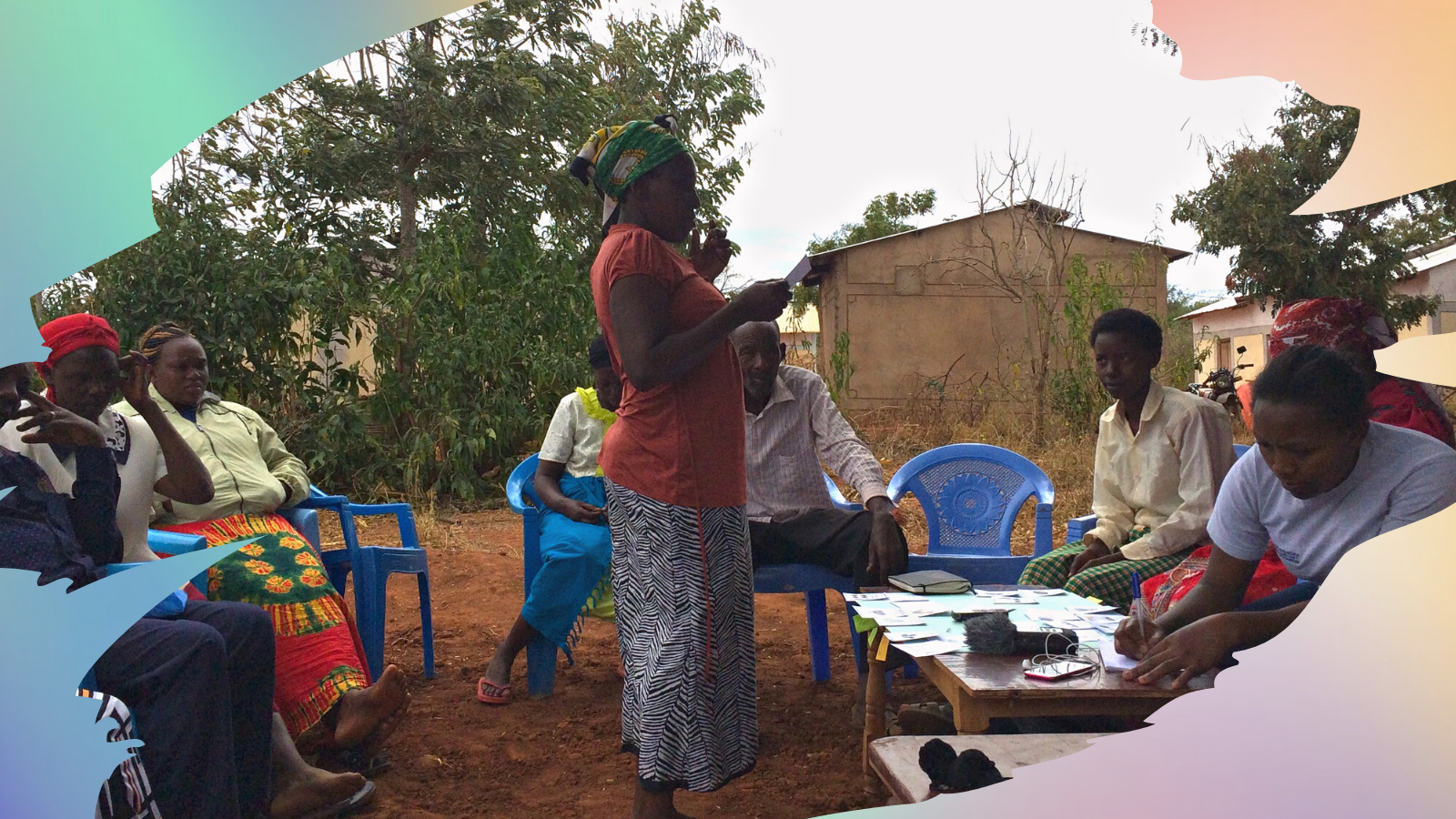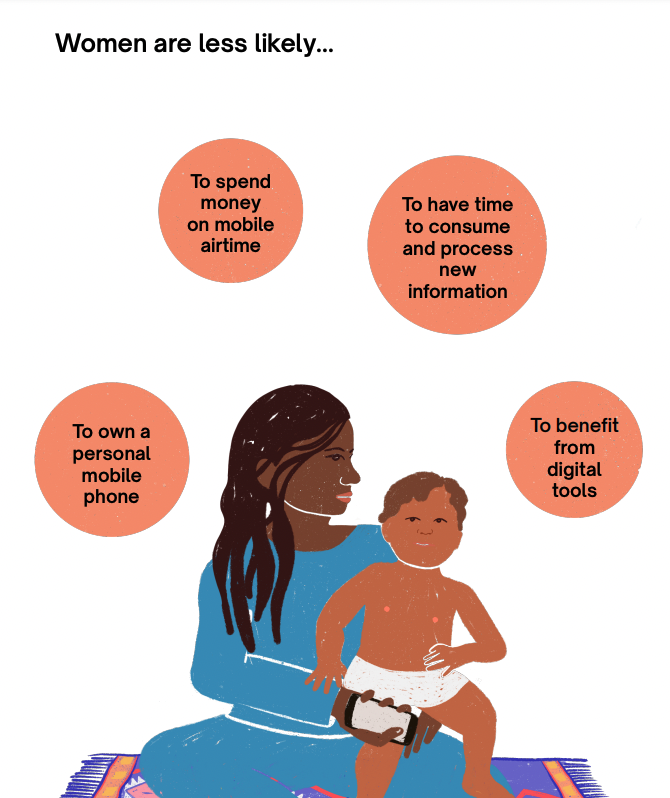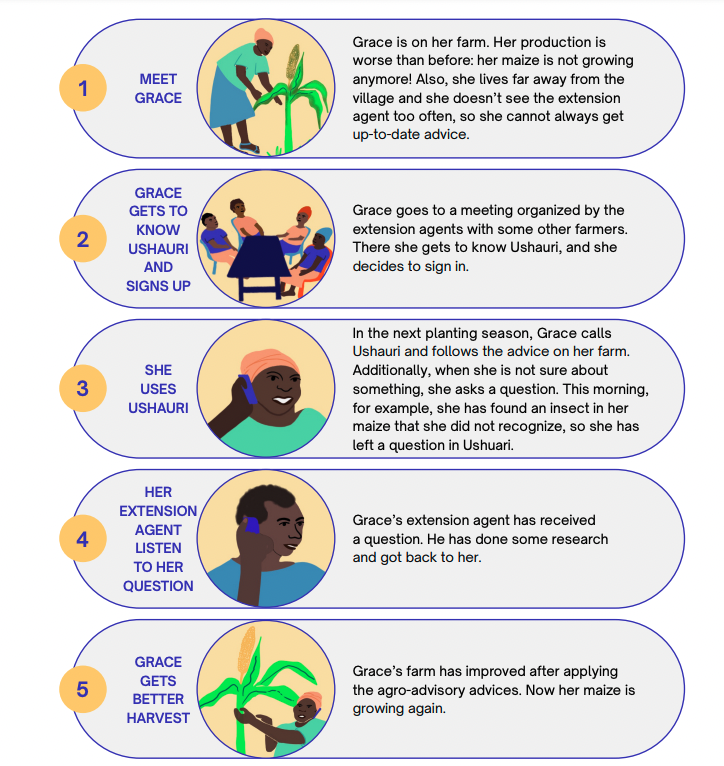Blog Design toolkit: including women farmers in the digital revolution

The digital revolution has reached smallholder farming. But who benefits? Still, many women farmers remain excluded from digital agro-services. A new practical guide and toolkit helps researchers design gender-inclusive digital tools.
The mobile revolution is rapidly transforming low- and middle-income countries, and the farming sector is no exception. In many countries, there are already more active mobile phone subscriptions than there are citizens. In countries like India, Kenya, or Ethiopia, dozens of start-ups and government initiatives tackle agricultural challenges with digital services, and more and more smallholder farmers are now able to receive much-needed information at the palm of their hand. At least 10% of sub-Saharan farmers and pastoralists regularly use an agro-service on their mobile phone – from accessing weather forecasts to checking market prices to receiving personalized production advice on their phones.
But who really benefits from these services?
“In many places, women farmers are less likely to own a phone, be literate, or even have the time to consume and process new information,”
explains Anna Müller, scientists with the Digital Inclusion lever at the Alliance Bioversity-CIAT. Experience shows that many existing services see weaker adoption among women farmers than among men. In part, she argues, this is a consequence of biased design processes that portray the ‘standard’ users of digital agro-services as relatively wealthy, educated, male farmers. A common flaw in digital development – also outside agriculture – is the ability bias, where creators of digital services assume an exaggerated standard of digital readiness. For many women farmers with limited access to devices, electricity, airtime, literacy and on-farm decision-making power, the current digital revolution remains a fata morgana.

Excerpt from the guide: challenges women face with digital tools.
There are, of course, also digital services that address women’s needs and capacities, for example by focusing on women-dominated value chains or requiring lower levels of digital literacy. To help researchers create digital tools that work for women, a recently published guide and toolkit explains the practice of gender-inclusive digital design. Inclusive design means engaging women and other marginalized groups actively in the development of digital solutions, explains Berta Ortiz-Crespo, a digital design expert with the Alliance of Bioversity and CIAT:
“Working with a diverse team, including digital developers and gender experts, but especially women from the targeted community, is absolutely key for achieving working solutions.”
From identifying women’s specific perception of the problem, to jointly brainstorming ideas for solutions, to collecting feedback on early prototypes, the guide supports an iterative process that empowers research teams to build gender-inclusive digital solutions in agricultural development.

Example from the guide: Ushauri is a digital agro-advisory tool developed by the Alliance.
This guide was made possible by the CGIAR Gender Platform.
Cover image by: Jeske van der Gevel

